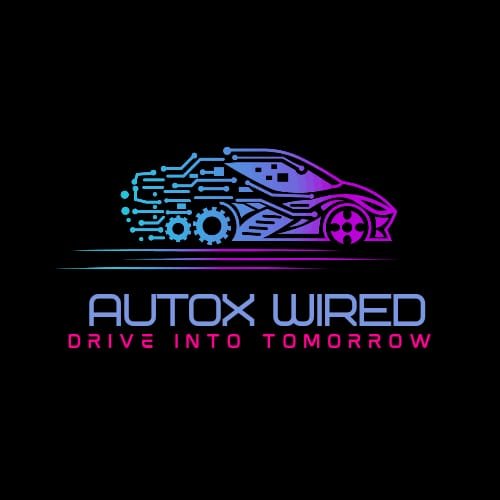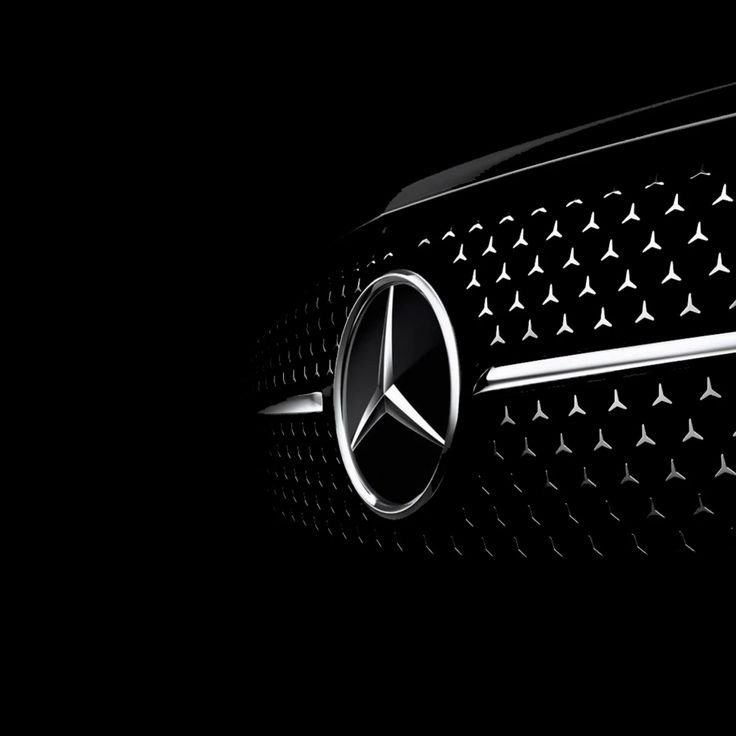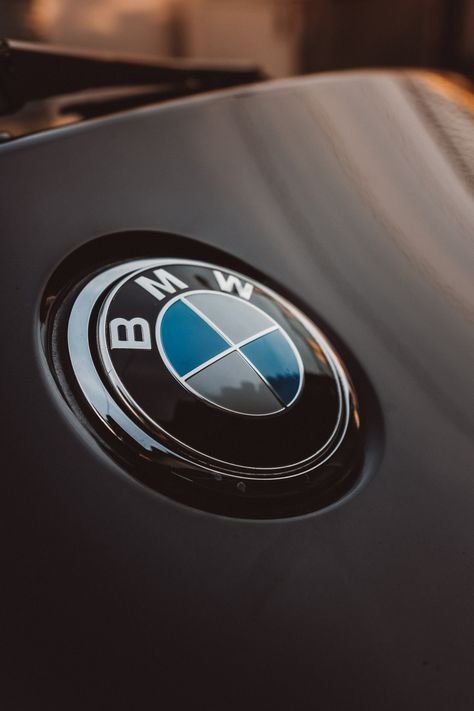
Lamborghini, the legendary Italian automaker known for its roaring engines and bold designs, has decided to delay the launch of its first all-electric vehicle (EV) to 2029. The decision highlights the brand’s calculated and deliberate approach to electrification. Unlike other automakers rushing into the EV space, Lamborghini refuses to compromise on its legacy or customer expectations. The brand believes the luxury supercar market still needs more time to embrace full electrification.
Lamborghini’s Hybrid Strategy
Lamborghini continues to bet big on hybrids before fully jumping into the EV segment. It doesn’t just build cars — it crafts driving experiences. Instead of abandoning its iconic naturally aspirated engines overnight, the brand has opted for a phased approach. Its new plug-in hybrid models serve as stepping stones into the future.
In 2023, Lamborghini introduced the Revuelto, a flagship plug-in hybrid that merges a naturally aspirated V12 engine with three electric motors. The result? Over 1000 horsepower, lightning-quick acceleration, and lower emissions — all while preserving the signature Lamborghini roar.
Lamborghini also plans to electrify its SUV lineup. The Urus, one of the brand’s top-sellers, will get a hybrid variant in 2024. With this move, Lamborghini intends to cut down its fleet emissions by at least 40% by 2030.
Why Lamborghini Postponed Its First EV
While some carmakers rush EVs to market, Lamborghini refuses to follow the herd. CEO Stephan Winkelmann made it clear: Lamborghini’s clientele doesn’t buy based on trends. They demand excellence, uniqueness, and visceral performance.
According to Winkelmann, the ultra-luxury segment isn’t ready for full electrification — not yet. The technology has progressed, but it still can’t deliver the raw experience that Lamborghini enthusiasts expect. Sound, vibration, and mechanical feel remain irreplaceable components of the Lamborghini DNA.
Lamborghini also took a long-term view of market trends and customer psychology. Buyers in this segment want more than a fast car — they want a machine that stirs the soul. Current EVs, no matter how efficient, still struggle to deliver that emotional impact.
In addition, infrastructure for high-performance EVs still lacks consistency. Charging networks, especially in emerging markets, cannot yet support supercars requiring ultra-fast charging or track-ready performance.
The Lanzador Concept: A Glimpse into the Future
Although the brand will wait until 2029 for mass production, Lamborghini has already teased its first EV concept — the Lanzador. This futuristic grand tourer combines the sleek aggression of a supercar with the ride height of a crossover. The Lanzador remains a concept for now, but it sends a strong message: Lamborghini will not compromise on style or performance, even in an electric future.
The Lanzador features dual motors, torque vectoring, and a newly developed battery system that delivers a range of over 300 miles. The model targets younger buyers who prioritize innovation and sustainability without sacrificing excitement. However, Lamborghini decided to delay production to fine-tune the driving dynamics and ensure the vehicle lives up to the badge.
Revenue Soars Despite the Delay
Lamborghini’s decision to postpone its EV launch hasn’t hurt its business — in fact, it’s thriving. The company recorded a 16% increase in revenue, reaching €3.09 billion in 2024. Operating profit jumped to €835 million, and global sales hit an all-time high of 10,687 vehicles.
The U.S. remained Lamborghini’s biggest market, followed closely by China and Germany. But future performance in the American market now faces uncertainty due to policy changes. With the U.S. government recently imposing a 25% tariff on imported automobiles, Lamborghini must now factor in higher costs for its American buyers. You can read more about this new development here.
These tariffs may force Lamborghini to rethink its pricing, distribution strategy, or even explore local assembly in select markets. Despite the challenges, Lamborghini’s core appeal remains strong. Customers continue to place value on craftsmanship, exclusivity, and emotional performance — attributes EVs still struggle to replicate.
Competition Heats Up, But Lamborghini Stays True
Ferrari, Aston Martin, and McLaren have also embraced electrification, though each brand has taken a unique approach. Ferrari plans to launch its first EV by 2025, while Aston Martin recently teased an electric platform. However, like Lamborghini, these rivals have hesitated to fully ditch internal combustion engines.
Lamborghini’s decision to wait until 2029 demonstrates confidence in its legacy and customer base. Instead of chasing quarterly trends, the brand chooses to innovate on its own terms. Its hybrid strategy acts as a transition bridge, giving loyal customers time to adjust while keeping the brand in line with global regulations.
The Broader Market Dynamics
The EV revolution continues to reshape the automotive landscape. Governments push stricter emission norms, and new players like Tesla and BYD dominate headlines. But luxury automakers operate on different rules. Their customers care less about charging speed and more about thrill, status, and craftsmanship.
Lamborghini understands that electric powertrains alone don’t define the future. Emotion, design, and brand integrity matter more. By 2029, battery technology will mature, charging networks will improve, and synthetic fuels may offer new alternatives. Until then, Lamborghini will evolve gradually, never sacrificing what makes it special.
As more brands reconsider their electrification timelines, the industry could see a shift in priorities. Some manufacturers, for instance, now revisit combustion technologies due to synthetic fuel breakthroughs and regulatory flexibility. Others embrace hybrid solutions for longer, understanding that EV enthusiasm doesn’t always translate to supercar buyers.
A Glimpse into What’s Next
Lamborghini’s roadmap suggests a fully hybrid lineup by 2025, with the electric Lanzador debuting in 2029. Over the next few years, expect updates to core models like the Huracán and Urus, possibly featuring even more advanced hybrid systems.
Meanwhile, the brand plans to grow in emerging markets where demand for luxury performance vehicles continues to rise. India, for example, shows immense potential for high-end SUVs and sports cars. Interestingly, models like the Renault Duster are also set to return to Indian roads in a reimagined form. Check out the full scoop here.
Conclusion
Lamborghini’s delay in launching its first EV reflects boldness, not hesitation. The brand refuses to compromise on its essence. While other automakers rush to meet electric deadlines, Lamborghini continues to play the long game — perfecting hybrids, studying consumer sentiment, and crafting a future that honors its roaring past.
As 2029 approaches, the world waits to see how Lamborghini redefines electric performance. Until then, hybrid beasts like the Revuelto and the upcoming Urus SE will lead the charge. If Lamborghini’s legacy proves anything, it’s this — when it finally arrives, the electric Raging Bull will blow everyone away.
To explore Lamborghini’s models and latest innovations, visit their official website.





